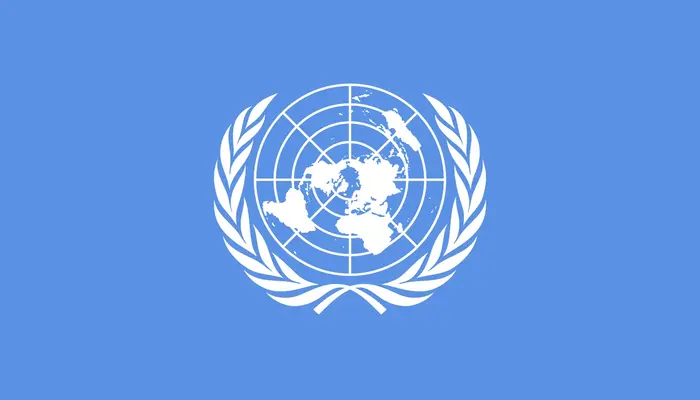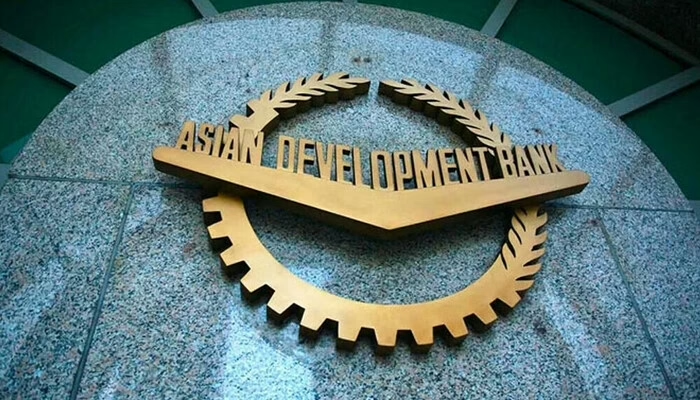UN Warns of Deadly Hunger Crisis in 16 Global Hotspots

ROME: The warned on Thursday that extreme hunger threatens millions in 16 “hunger hotspots” over the next six months. According to a joint report from the Food and Agriculture Organisation (FAO) and the World Food Programme (WFP), regions of highest concern include the Palestinian territories, Sudan, South Sudan, Mali, and Haiti.
The report attributes much of this food insecurity to ongoing conflicts, which disrupt food supplies and limit humanitarian access. In regions facing active conflict, people are often forced to leave their homes, abandoning their livelihoods and food sources. FAO and WFP experts highlighted the urgency of humanitarian intervention in these areas to prevent widespread starvation and deaths.
Extreme Weather and Economic Inequality Compound Crisis
While conflict remains a primary cause, other factors like extreme weather and economic challenges add to the crisis. Climate-driven issues such as droughts, floods, and extreme heatwaves have reduced crop yields, particularly in areas with already fragile food systems. In many developing countries, high levels of debt and economic inequality further limit governments’ abilities to provide food security for their populations.
“Without immediate humanitarian efforts and concerted international action to address severe access constraints, further starvation and loss of life are likely,” the report emphasized. Humanitarian aid in these regions is critical to save lives in the coming months, it added.
Urgent Action Needed in Palestinian Territories, Sudan, and Haiti
The Palestinian territories, Sudan, South Sudan, Mali, and Haiti were identified as the most at-risk. Severe food shortages in these areas have led to alarming levels of malnutrition, and children are particularly vulnerable. With access to affected populations severely restricted, aid agencies face immense challenges in reaching those most in need. The UN agencies called for greater international support to address immediate food needs and stabilize these communities.
Additional High-Risk Areas Identified
Beyond the five most critical regions, the report labeled seven countries as of “very high concern,” including Nigeria, Chad, Yemen, Mozambique, Myanmar, Syria, and Lebanon. In each of these countries, conflict plays a significant role in food shortages. Areas where fighting is heaviest experience the most severe hunger due to blocked aid routes and disrupted supply chains.
International Community Urged to Act Now
The FAO and WFP stressed that swift international intervention is crucial to preventing a major humanitarian disaster. They urged global leaders to address not only food aid but also root causes like conflict de-escalation and economic reform. Coordinated efforts are essential to ensure safe passage for aid workers and to deliver emergency food supplies where they are most needed.
Forecast for November 2024 to May 2025
The report, covering the period from November 2024 to May 2025, warns that hunger will worsen without immediate action. The FAO and WFP, both based in Rome, called on governments and international organizations to prioritize food security as a matter of human rights and global stability.
As global food insecurity rises, the spotlight is on the humanitarian response and its capacity to save lives amid escalating crises.
Follow us on Google News, Instagram, YouTube, Facebook, Whats App, and TikTok for latest updates











